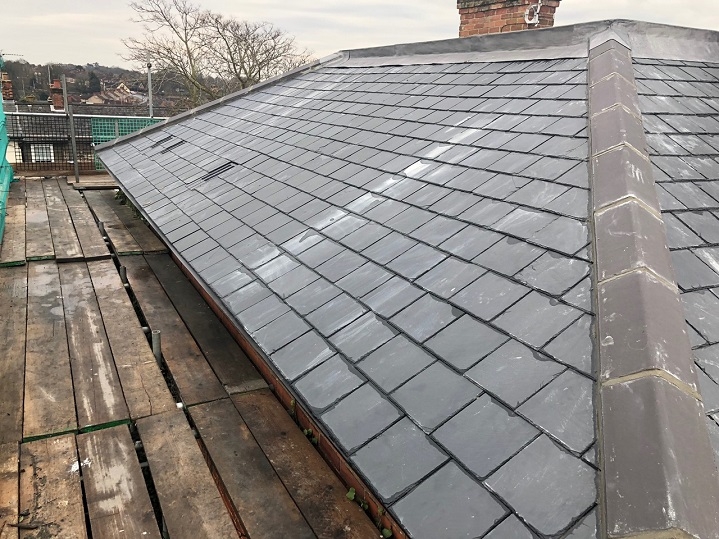
In commercial construction, Flat roofs happen to be quite commonplace. Every year, the roofing industry is witnessing the introduction of an increasing number of new materials. Some of these are more expensive as compared to the others, whereas others are eco-friendlier in form. Today, Flat Roof Ipswich installation professionals use 3 types of roofing materials in the home construction and renovation industry.
Modified Bitumen
This is a single-ply roll with mineral-based infusion. This kind of roofing material happens to be quite friendly to homeowners, as far as setup is concerned. You can find peel-and-stick versions of modified bitumen on the market, which are ideal for all those who want to set up roofing on their own. However, it is also possible to find versions that need to be set up using professional equipment. This method includes heating the adhesive while rolling out the material.
This is a favorite, as its exterior is light in color and can reflect heat, thus lowering energy expenses. It is also priced moderately, just in between the price range of other roofing materials. As the process of application involves fire hazards, its installation is not recommended in properties that are occupied already. A disadvantage is that it is non-resistant to tears and scuff marks.
BUR (Built Up Roof)
This is the common roofing with hot-tar and gravel that can be seen on various buildings and homes across the city. 3 or more alternating piles of ballasted gravel, hot tar and water-resistant materials are used to assemble it. These days, sophisticated materials such as fiberglass membranes are used for manufacturing these types of roofing materials. BUR may be tough to install, and is smelly and bulky, but is fireproof. It is the most low-cost roofing material as well. However, it is better to install it in vacant properties and not already occupied ones.
Rubber Membrane
It is the best option for properties located in warm weather countries. This is resistant to damage from sunlight, and one can set it up in various ways:
- Glued-on
- Ballasted with stone
- Anchored with fasteners
Rubber Membrane is lightweight, rip and scuff proof and very long lasting in form. The water leaks can be patched up with ease. This one is costlier and more expensive as compared to bitumen and BUR. It is the best choice for numerous properties. DIY installation of Rubber roof is not recommended. It is better to recruit a roofing contractor lakewood, wa for the setup.
